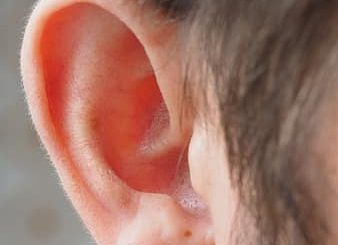What to Do in Case of Pus or Abscess?
Pus is a cloudy, white or even yellow liquid secreted in infection with “pyogenic” bacteria. It most often contains altered cells that have participated in the immune response (white blood cells). Pus can be found in superficial infections, such as pimples or deep or severe infections. When pus collects and becomes encased in a shell, it forms an abscess. Here’s a quick overview of what you need to know.
What is pus made of?
Pus is a drainage fluid made up of cells that died during the infection, most often white blood cells and bacteria.
Waste products or particles present in the wound may also be found. Pus also contains some blood plasma (the fluid in which blood cells are immersed).
Many bacteria can be involved in the production of pus—for example, staphylococcus, pyocyanine bacillus, pneumococcus, etc.
Note: the appearance, quantity, and odour of the pus can indicate the severity of the infection.
Locating a pus
Pus can be found in any bacterial infection, superficial or deep. The presence of pus does not always indicate the severity of the disease. However, a condition that secretes pus should prompt a medical consultation to assess the injury’s severity and provide appropriate management.
Pus may be secreted into a pocket, forming an abscess. This abscess may be visible under the skin, as in the case of an abscessed pimple, ingrown toenail, or it may be more profound, as in some digestive or pulmonary infections.
In cases of deep infections, radiological examinations may be necessary to visualize the deep abscess. In such cases, hospital management, including surgery, is essential.
Manifestation of symptoms associated with pus
The presence of pus is most often associated with signs of local or general infection and signs of inflammation. Pus is always pathological, and the importance of related symptoms is most often related to the case-to-case basis.
Any situation of infection requires medical management to avoid its extension, which can lead to sepsis. For example, you may find local redness, skin heat, pain with the infection, fever, etc…
What to do in case of pus or abscess?
In the case of a pus-secreting wound, you should consult a doctor. An over-infected wound or abscess can be life-threatening due to the untreated infection. In all cases, regular disinfection of the injury will be necessary.
The doctor will assess the severity of the infection and the measures to be implemented. Antibiotic therapy may be necessary. In some severe cases, this antibiotic therapy may be administered intravenously in the hospital.
Treatment of an abscess is most often surgical. The bump must be emptied and cleaned to drain the pus. Drains may be left in place to prevent the abscess from recollecting after drainage.
Severe bacterial contamination, for example, in the digestive tract or lungs, is usually found after additional biological or radiological examinations. In all cases, any abnormal or worrying sign should lead to consultation of an emergency medical service.
Hope this post has been informative to you. Stay posted as our following publication will cover 4 Steps for Treating an Abscess.
Read more:
3 Simple Steps to Unclogging an Ear
What Are the Different Intestinal Parasites
Healthy Living | 9 Bad Winter Habits to Stop!
Methylisothiazolinone: Beware of Allergy Risks
The above is just a shortlist of a plethora of articles on health-related articles. Remember to comment, share and please do not hesitate to request a particular topic of your interest. We will get back to you with as much necessary information.




1 Response
[…] What to Do in Case of Pus or Abscess? […]